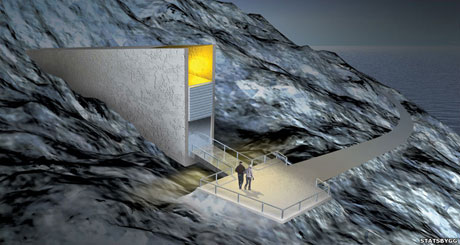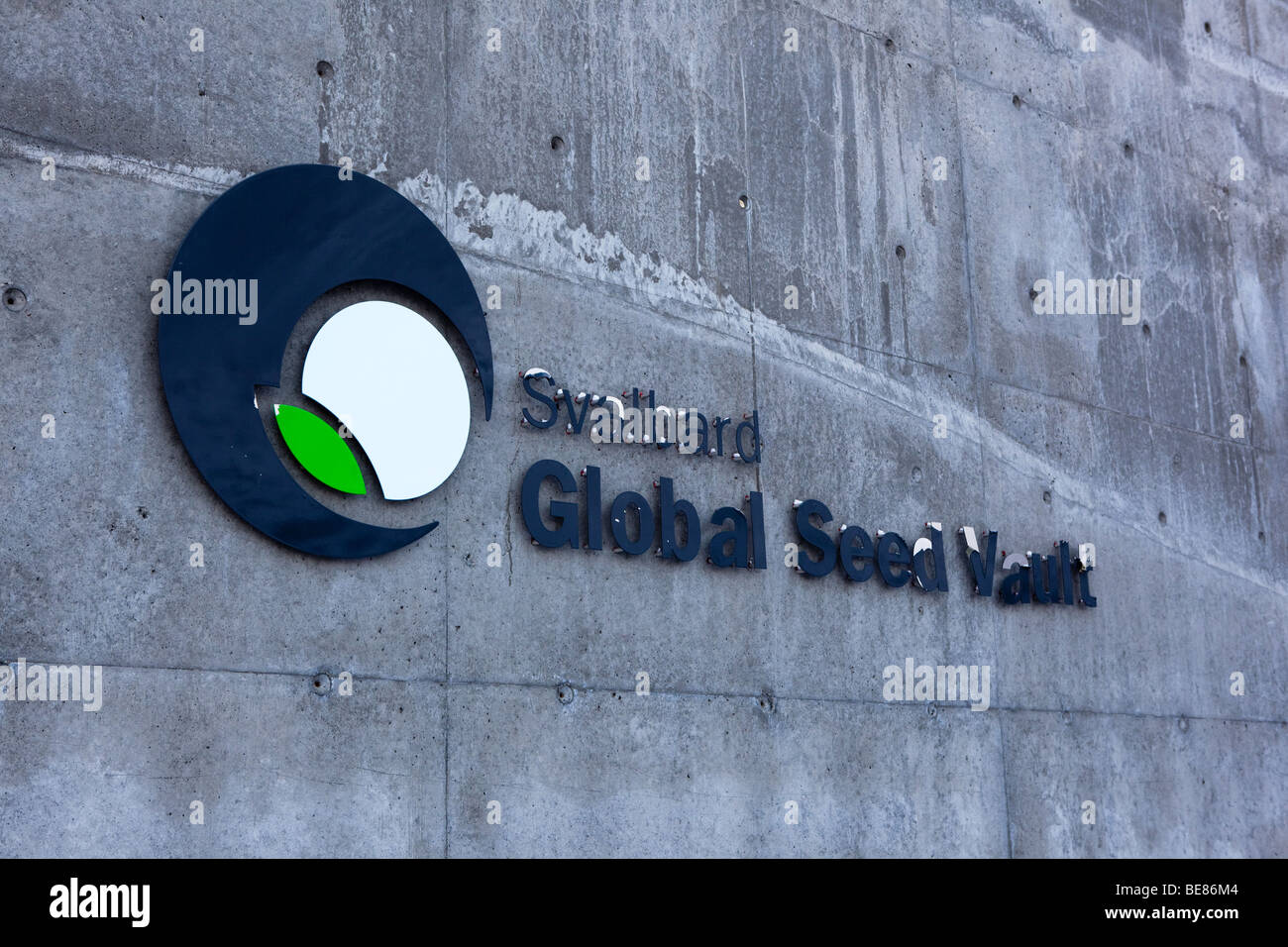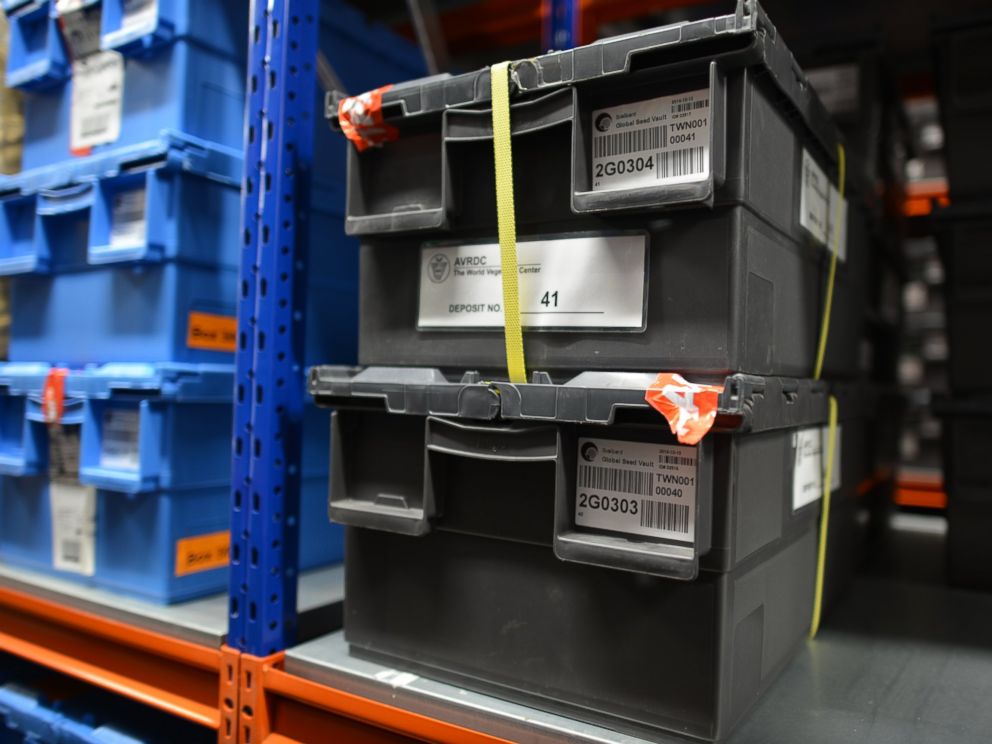

Longyearbyen is the world’s northernmost town with normal infrastructure and public services. The Svalbard Global Seed Vault is carved into a hillside above Longyearbyen airport, around 130 meters above sea level. That is why we always rejoice when new diversity enters the Seed Vault.” “Should anything happen to one of these genebanks, we know the Seed Vault holds copies of these invaluable materials. The deposit includes samples of wheat collected in the Austrian Alpine region in the 1920s.“The Seed Vault underpins the global system of genebanks charged with making sure the crop diversity we need to adapt our agriculture is safe and available,” says Schmitz. Stored at -18☌, some seed can stay viable for centuries. The seeds are sealed in specially-designed four-ply foil packages that are placed in sealed boxes and stored on shelves inside the Seed Vault. “When sending the seed to Svalbard, genebanks use a carrier service, such as DHL, for example. “Therefore, staff must periodically do viability testing of their seeds and if the results drop below a certain percentage (usually 80%), the staff puts the seed back on the ground and regenerates this specific diversity.” “In other words, seeds do not last forever, not even in genebanks,” concedes Stefan Schmitz, executive director of the Crop Trust. This usually depends on funding to regenerate their collections, and the cycle of regeneration they are going through at the moment. The Seed Vault now hosts more than 1.1 million seed samples of nearly 6,000 plant species from 89 genebanks around the world – the world’s largest and most diverse collection of crop diversity.Įach genebank decides what materials it wants to send to Svalbard. Other seeds in the deposit include those of barley, oat, triticale, beans, oilseeds and poppy seeds. This will bring their total holding in the Seed Vault to more than 100,000 accessions, close to what it was before the center withdrew seeds from the Seed Vault back in 2015, 20 to reestablish its genebank collection. The largest deposit, of 6,336 samples, was made by the International Center for Agricultural Research in the Dry Areas (ICARDA) from its genebank in Morocco, which withdrew seeds in 2015 during the Syrian civil war. Notably, the IPK deposit includes samples of wheat collected in the Austrian Alpine region in the 1920s – one of the oldest collections at IPK.

Genebanks dry and pack seeds in sealed envelopes and send them to Svalbard.”Īmong these samples are nearly 100 crop species from the Australian Pastures Genebank and 50 crop species from the Leibniz Institute of Plant Genetics and Crop Plant Research (IPK), Germany.

“The Seed Vault offers space for safe deposit of duplicate samples of seeds that are conserved in genebanks all over the world, like in a bank box. “We have seeds of all seed-multiplied vegetables and legumes, nearly a thousand,” Åsmund Asdal, coordinator at the Svalbard Global Seed Vault, under the The Nordic Genetic Resource Center (NordGen), tells FoodIngredientsFirst. They include seed samples of crop species that previously were not represented in the archive. Located on the Norwegian island of Spitsbergen in the remote Arctic Svalbard archipelago, Svalbard welcomes the first batch of seed samples for 2022. As part of humanity’s collective efforts to ensure food security and biodiversity amid climate change and other environmental disasters, more than 20,000 new seed samples from 10 global genebanks have been deposited in the Svalbard Global Seed Vault – also known as the “Doomsday Vault.” NordGen’s executive director, Lise Lykke Steffensen.


 0 kommentar(er)
0 kommentar(er)
